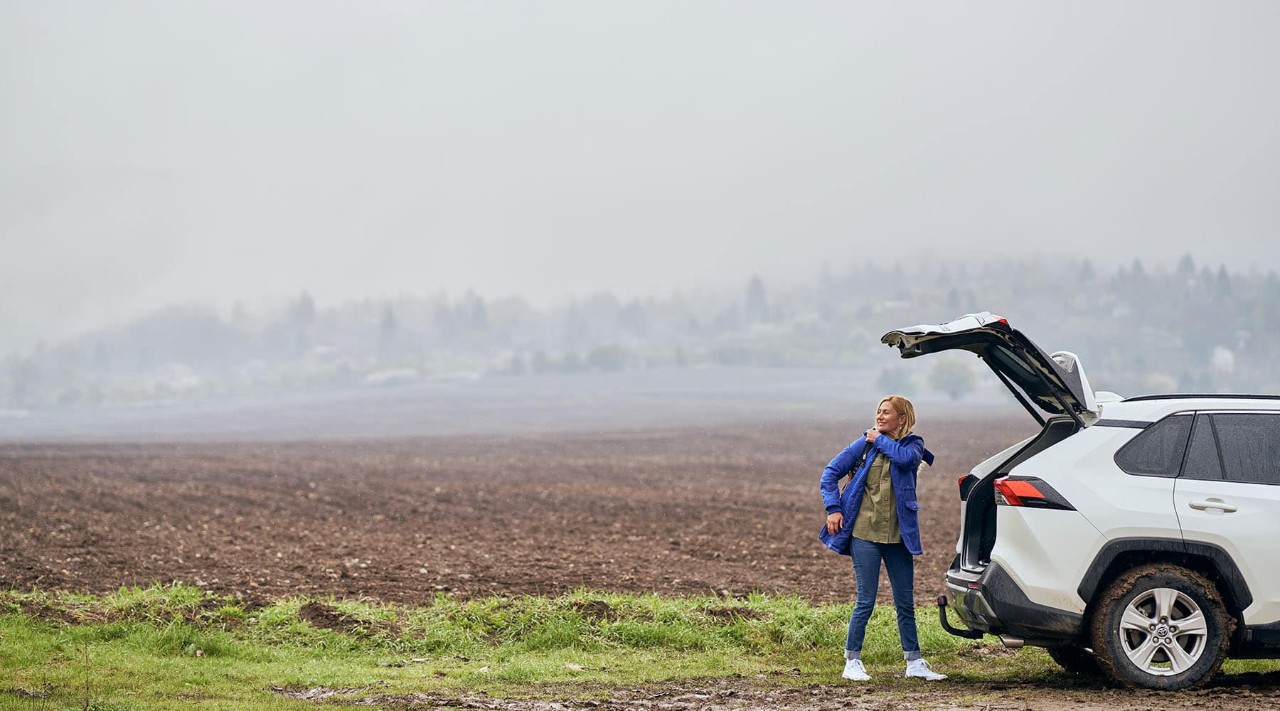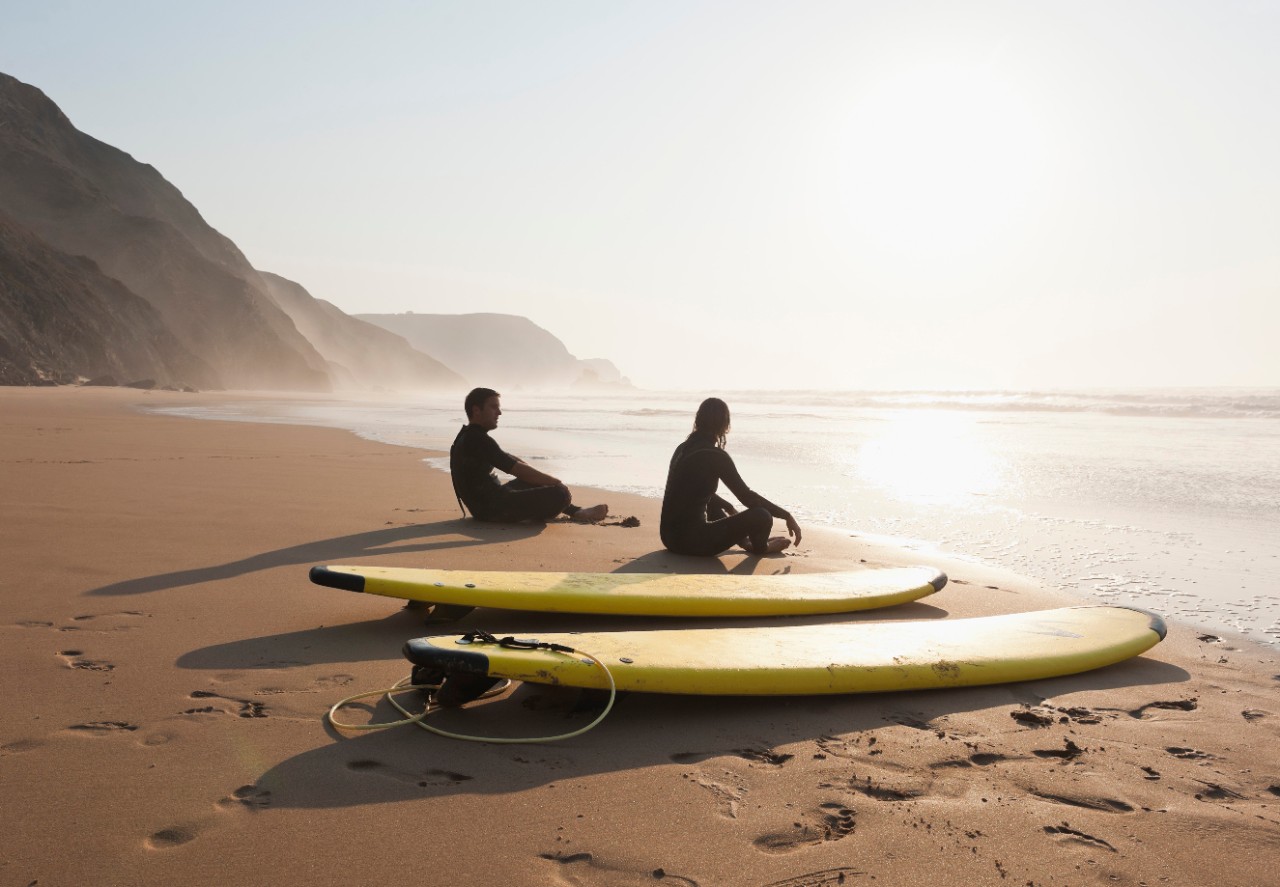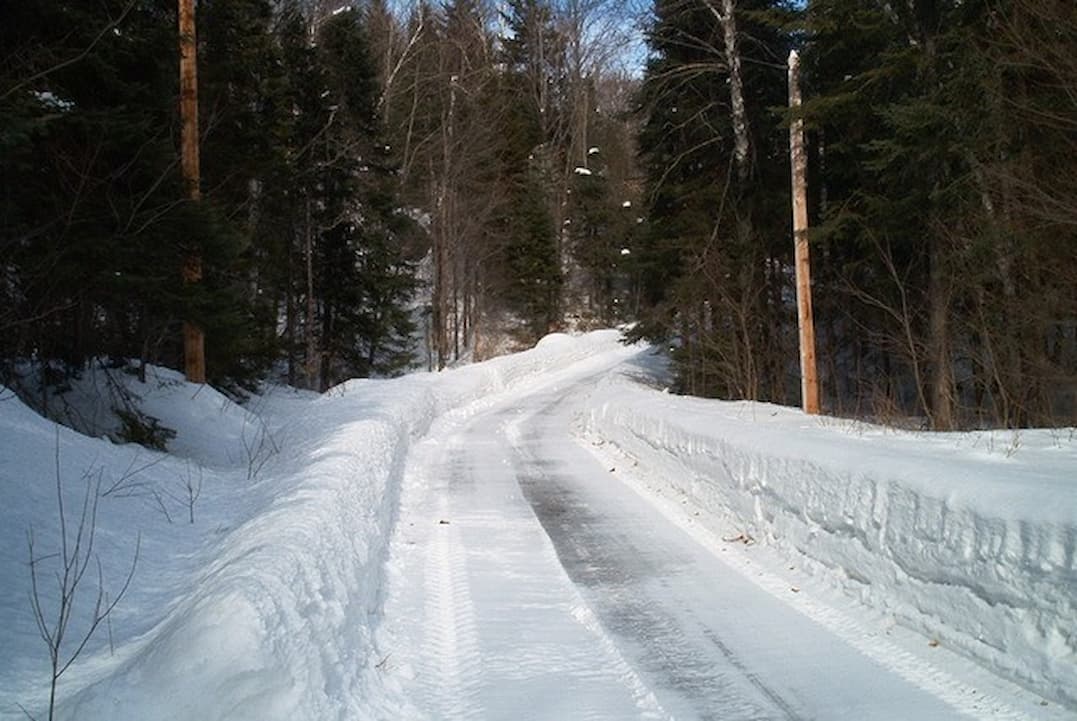Driving in Ice and Snow
4 min read | December 7th, 2022
With the cold weather approaching there is likely to be ice and snow over the coming days. This can be very dangerous for road users. Driving in these conditions is hazardous, even for the most experienced drivers among us. Visibility is affected and cars can become difficult to control. Here are some tips to ensure for a safe trip while tackling ice or snow on the roads.
Make Sure Your Car is Prepared
It is good practice to remember that your journey begins before you start the car. There are a couple of necessary checks all motorists should carry out. Firstly, it is crucial that window wipers are fully functional, both front and back! You wipers may have become worn over time and if so will be unable to clear the windows properly. Secondly, it is advised that your tyres are the legal recommended thread depth. This will allow for better grip on the roads. If you are planning on driving frequently in the snow you should consider investing in a set of winter tyres for your car. Although buying a new set of tyres is not cheap, the exceptional grip they provide could prevent a serious accident occurring. If possible fill up on fuel before setting off on a journey. Between lights, air conditioning, and windscreen wipers fuel consumption is greatly increased.
Slow Down and Increase Stopping Distance
This tip should really go without saying yet there are some motorists who either don’t know or don’t care about the perils of driving on roads affected by ice or snow. These conditions make the roads slippery meaning less control and therefore a greater stopping distance is required. The two second rule should be at least doubled. 4 seconds is the recommended time when driving in poor conditions. The added safety that this extra stopping distance provides will mean nothing if you are driving too fast. Driving quickly will not give adequate time to react should the car in front make a sudden movement. Speeding gives you less control over the car, which may result in skidding.
Know How to Respond to a Skid
Driving in ice and snow greatly increases your chances of skidding. This happens to even the most experienced drivers. If you do find yourself skidding you will need to follow a number of steps in order to avoid damage to your car or danger to yourself. Follow these tips to safely manoeuvre while skidding:
- Continue to look in the direction you want the car to travel
- Ease off the accelerator and do not push the brakes
- Gently turn the steering wheel into the same direction your car is skidding in order to straighten up (i.e. if the car is skidding to the left, turn your steering wheel left)
- Finally, and most importantly, don’t panic
Maintain Visibility
Good visibility is crucial for driving in any weather. Heavy snow can impede visibility and make for dangerous driving conditions. This blog post has already highlighted the importance of having fully functional window wipers but some people may not be aware that air conditioning is just as important. When heavy snow is mixed with high humidity it will result in the inside of your windows fogging up. Use your air conditioning to pump warm air towards the windows to demystify them. Finally, your lights. The correct use of your car lights is crucial in bad weather. They help you to see your surroundings while also making you visible to other road users. For more information about improving your visibility in poor weather conditions please see our blog on switching on in the winter.
Watch Out for Black Ice
Black ice is seen as one of the most dangerous hazards for motorists, it is certainly the most difficult to spot. It tends to blend in with the colour of the road hence its name, black ice. Black ice is notoriously difficult to drive on as it offers even less traction than snow. If you are to hit black ice you must stay calm, much like when skidding, don’t hit the brakes. Instead ease off the accelerator and let your car pass over it. Thankfully there are some ways of checking for black ice that are relatively simple. The first is to just look at the ground before getting in your car. If the pavement is dry but you notice there are parts that look dark and glossy then black ice may be present on the roads. Your cars thermometer (depending on its position) can also inform you whether or not you may encounter black ice on your journey. Black ice forms when it is raining and the air is at 0 °C. Keep an eye on you car’s thermometer and be weary should the reading hit 0 °C.
In truly poor weather the best advice to give is to not venture out unless it is absolutely necessary. Try, if you can, avoid driving in this weather completely. If, however, a journey is unavoidable you should plan it out before leaving the house. Know what roads you are going to be using and perhaps use the internet to see if any accidents have occurred there or there has been a sighting of black ice. You should also tell others that you are going out and inform them of your journey. This will ensure that you won’t be left stranded for too long should an accident occur.
Information correct as of 07/12/2022
This guidance is for general information purposes only and does not purport to provide legal advice or other professional advice. This guidance is intended to supplement the Rules of the Road and is not intended to replace or to be used as a substitute to the Rule of the Road. Allianz accepts no responsibility or liability for any losses that may arise from any reliance upon the information contained in this guidance.






